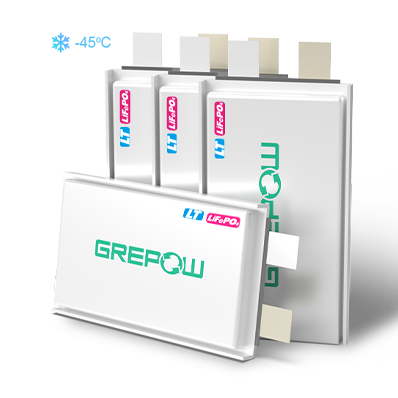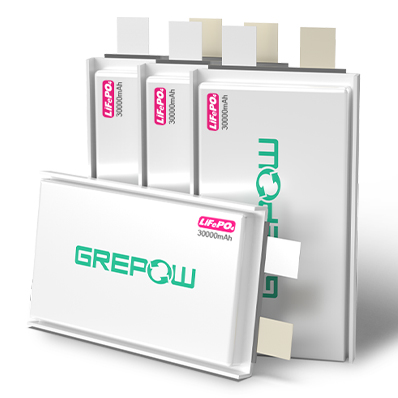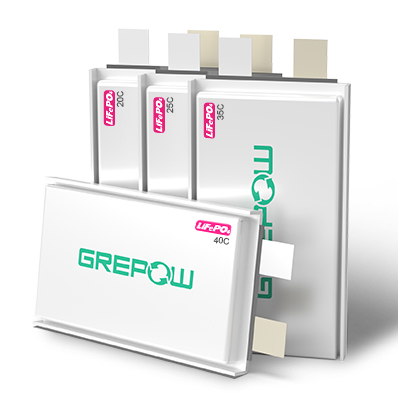How to Charge LiFePO4 Battery?
Lithium iron phosphate (LiFePO4) batteries have gained popularity in various applications due to their high energy density, long cycle life, and enhanced safety features. However, charging lifepo4 battery requires careful consideration to maximize their performance and lifespan. How to charge lifepo4 battery? In this article, we will address common questions regarding the lifepo4 battery charging.
What is the LiFePO4 charge voltage?
The voltage during charging, in fact, depends on the state of charge (soc) of the lifepo4 battery. Usually, the voltage of a fully charged LiFePO4 cell is 3.65V, so the charging voltage can’t exceed 3.65 volts per cell. For example, if we charge a 12V LiFePO4 battery, which are made by wiring four LiFePO4 cells in series, the charging voltage can not exceed 14.6V (3.65V*4). The voltage parameters of LiFePO4 cell may vary among different manufacturers. It's crucial to adhere to the manufacturer's specifications to avoid overcharging or undercharging, both of which can compromise LiFePO4 battery performance and safety. The following is a lifepo4 voltage chart for your reference.
| SOC (100%) | Voltage (V) |
| 100 | 3.60-3.65 |
| 90 | 3.50-3.55 |
| 80 | 3.45-3.50 |
| 70 | 3.40-3.45 |
| 60 | 3.35-3.40 |
| 50 | 3.30-3.35 |
| 40 | 3.25-3.30 |
| 30 | 3.20-3.25 |
| 20 | 3.10-3.20 |
| 10 | 2.90-3.00 |
| 0 | 2.00-2.50 |
Can I charge LiFePO4 battery with a lithium-ion charger?
While LiFePO4 and lithium-ion batteries both fall under the broad category of lithium-based chemistries, they have distinct voltage characteristics. LiFePO4 batteries typically have a lower voltage profile than lithium-ion batteries. Individual LiFePO4 cells typically have a 3.2V nominal voltage. The cells are fully charged at 3.65V. Lithium-ion cells are 3.2V nominal voltage and are fully charged at 4.2V. It is not recommended to charge LiFePO4 battery with a lithium-ion charger as it may not provide the correct charging parameters, potentially leading to suboptimal performance and reduced lifespan.
Can I charge a LiFePO4 battery with a regular lead-acid battery charger?
In fact, if the voltage of a regular battery charger designed for lead-acid batteries or other chemistries is the same as LiFePO4, we can use it to charge LiFePO4 batteries. However, it’s not advisable to do this. LiFePO4 batteries require specific charging algorithms to ensure proper voltage levels and prevent overcharging. Regular lead-acid chargers may not have the intelligence to adapt to the unique needs of LiFePO4 batteries, compromising their safety and longevity.
What is the charging method of LiFePO4 battery?
LiFePO4 batteries generally follow a three-stage charging process:
◆Constant Current (CC): The initial stage involves providing a constant current until the battery reaches a specific voltage.
◆Constant Voltage (CV): Once the voltage threshold is reached, the lifepo4 battery charger maintains a constant voltage while the current decreases.
◆Trickle Charge or Float Charge: In the final stage, a lower charging current is applied to keep the battery at its fully charged state without overcharging.
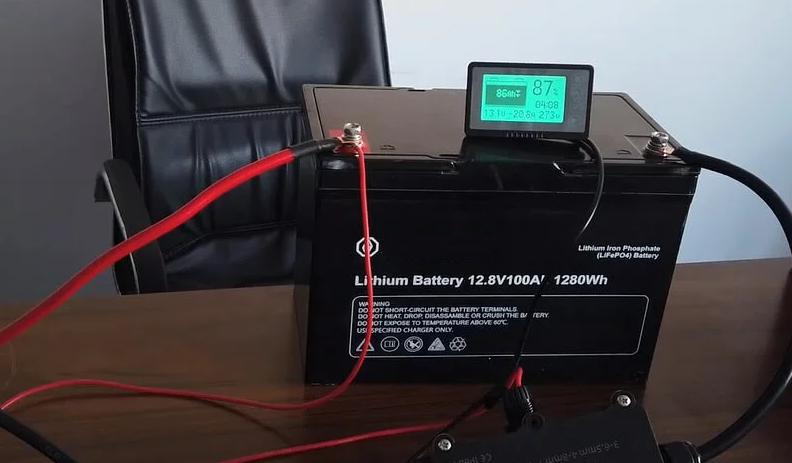
Should I charge LiFePO4 to 100%?
While LiFePO4 batteries can tolerate being charged to 100%, for long-term battery health, it is advisable to avoid routinely charging them to their maximum capacity. Repeatedly charging a battery to its maximum capacity places stress on the internal components and can lead to chemical and physical changes within the battery. This cyclic stress can contribute to a reduction in the overall cycle life of the battery. Besides, charging a battery to its maximum capacity generates heat, and excessive heat can degrade the internal components of the battery over time. Charging to around 80% or 90% can extend the battery's lifespan.
Can you overcharge a lithium iron phosphate battery?
While LiFePO4 batteries are more resistant to overcharging compared to some other lithium-ion chemistries, continuous overcharging can still damage them over time. To prevent overcharging, it is crucial to use a charger specifically designed for LiFePO4 batteries and follow the manufacturer's guidelines regarding voltage and current limits. Many LiFePO4 chargers incorporate protective features such as voltage regulation, temperature monitoring, and overcharge prevention circuits to mitigate the risks associated with overcharging. Adhering to recommended charging practices helps ensure the safety, longevity, and optimal performance of LiFePO4 batteries.
How to calculate the charging time of lifepo4 battery?
The charging time of a LiFePO4 battery depends on several factors, including the battery capacity, charging current, and the state of charge when you start charging. Here's a general formula to estimate the charging time:
◆Charging Time (hours)=Battery Capacity (Ah) / Charging Current (A)
Here's a breakdown of the variables:
◆Battery Capacity (Ah): This is the capacity of the LiFePO4 battery, usually given in ampere-hours (Ah). You can find this information in the specifications provided by the battery manufacturer.
◆Charging Current (A): This is the current at which you are charging the battery, measured in amperes. The charging current is typically specified by the charger or charging system.
As an example, let's say you have a LiFePO4 battery with a capacity of 100 Ah, and you are charging it with a current of 10 A:
◆Charging Time=100 Ah / 10 A=10 hours
Keep in mind that this is a simplified calculation, and the actual charging time may vary due to factors such as the charging efficiency, temperature, and the charging algorithm used by the charger.
What is the best charging practice for LFP battery?
To optimize the lifespan and performance of LiFePO4 batteries:
◆Use a dedicated LiFePO4 battery charger.
◆Charge within the specified voltage range.
◆Avoid routinely charging to 100%.
◆Store the battery in a cool, dry place when not in use.
Conclusion
How to charge lifepo4 battery? Properly charging LiFePO4 batteries is crucial to ensure their longevity, safety, and optimal performance. By using a dedicated LiFePO4 battery charger, following recommended voltage levels, and adopting best charging practices, users can maximize the benefits of LiFePO4 batteries in various applications, from ups to jump starter. As a global leader in LiFePO4 battery cell manufacturing, Grepow offers professional customization solutions for LiFePO4 battery packs and Battery Management Systems (BMS), catering to your specific application requirements. If you have any questions or needs, please feel free to contact us at info@grepow.com.
Related Articles:
LiFePO4 vs. LiPo: What’s the Difference?
How to Charge LiFePO4 Battery?
What Is LiFePO4 Battery and Why Use It?
LFP vs NMC Battery: Exploring the Differences
What Are the Advantages and Disadvantages of Lfp Battery?
Related Articles
-
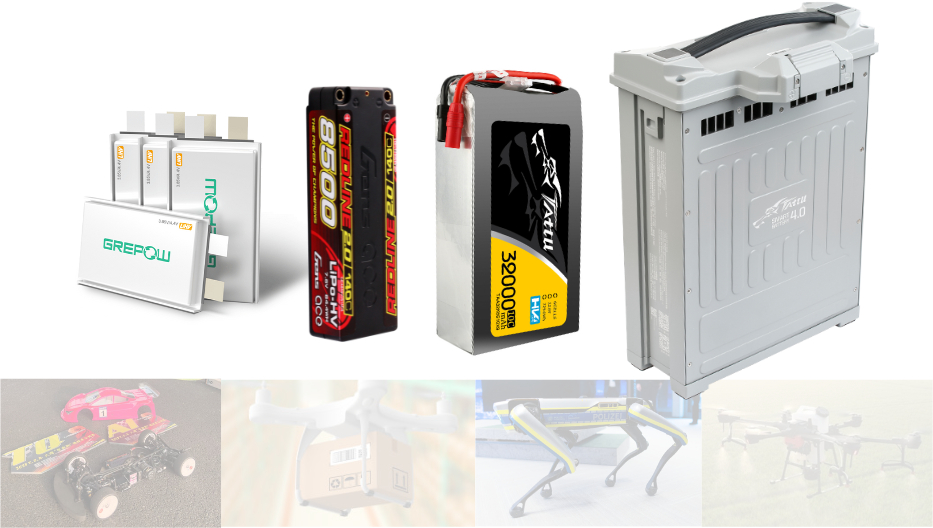
High Voltage Batteries: Basics & Applications Guide
2025-02-28 -
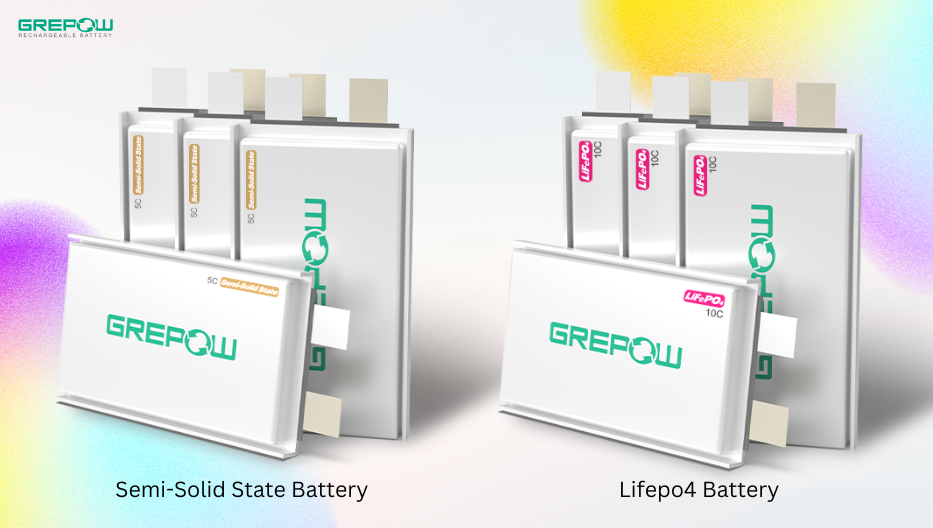
Semi Solid State Battery vs Lifepo4 Battery: What's the Difference?
2025-01-20 -
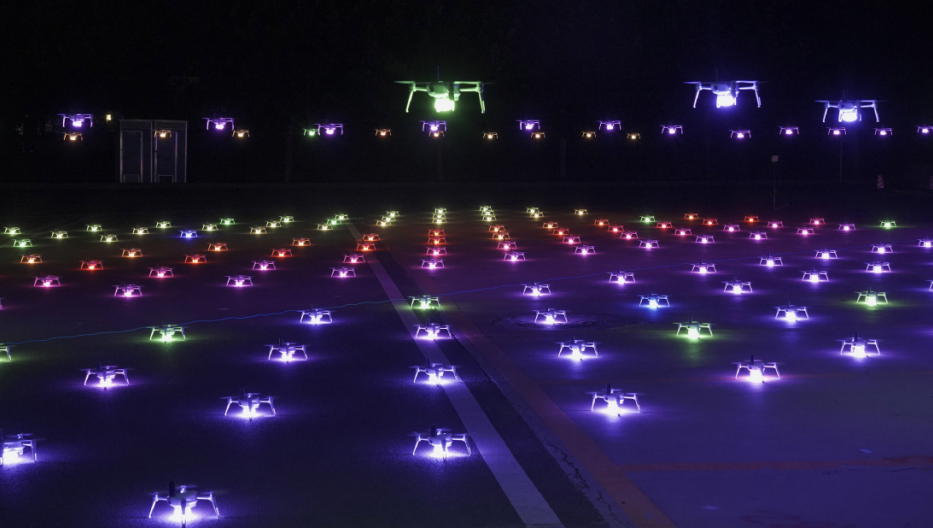
How Drone Light Shows Are Created and Key Battery Power Requirements
2024-10-21















































